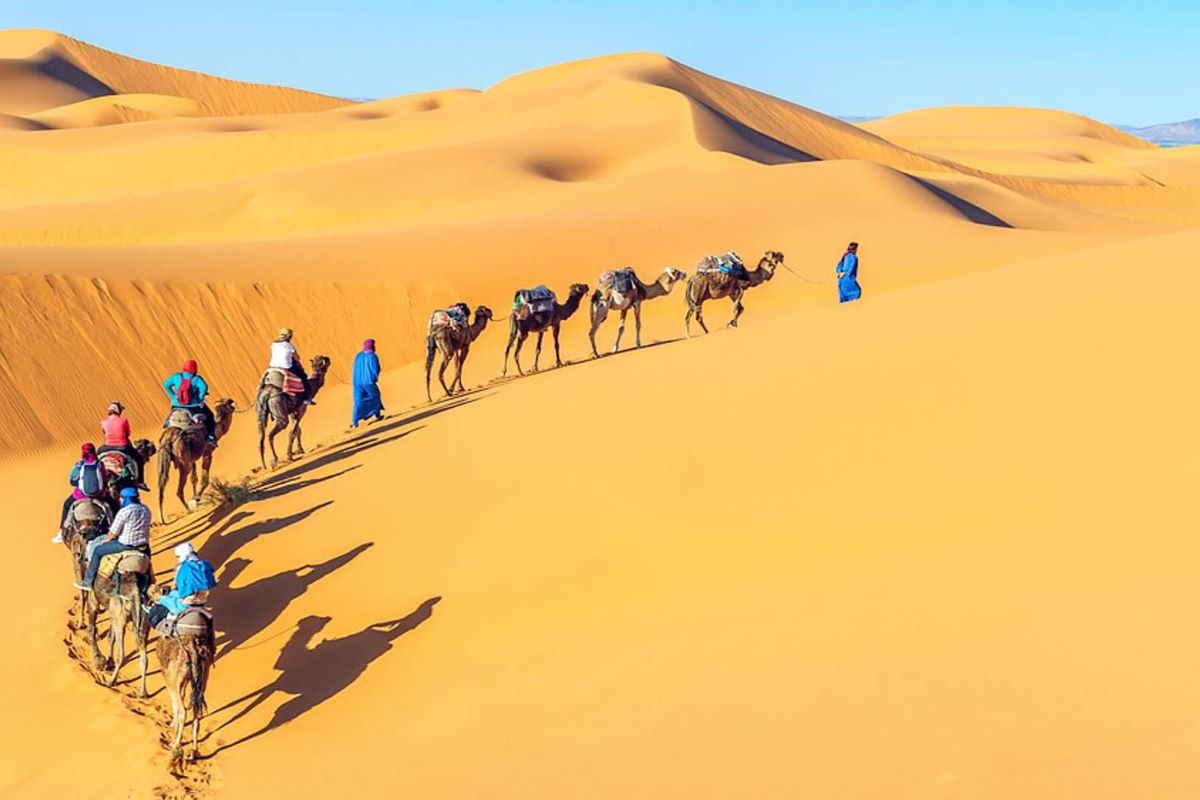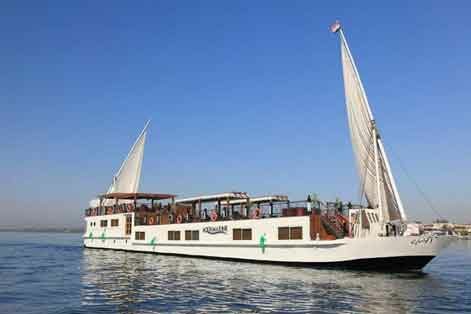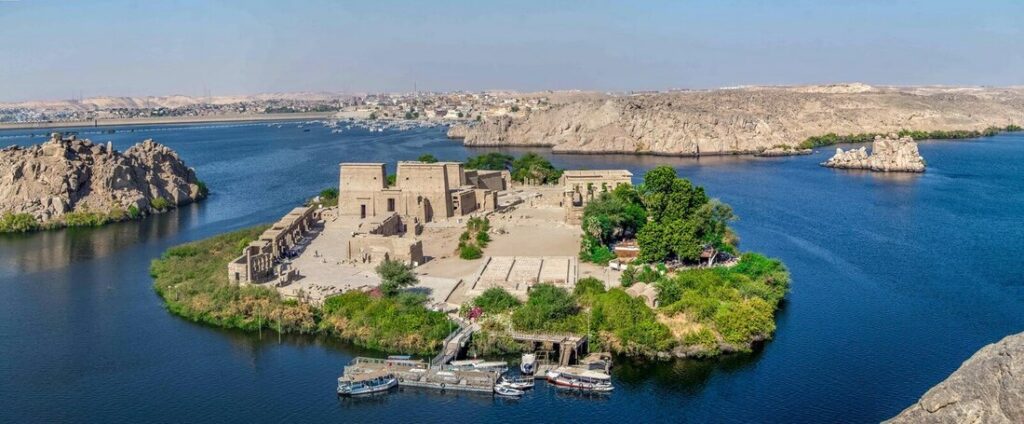The white and black desert of Egypt
White Desert (Sahara el Beyda)
The White Desert is located in Egypt, approximately 45 kilometers north of the Farafra Oasis in the New Valley Governorate. It was declared a natural protectorate in 2002 and covers a total area of 3010 square kilometers. The name “White Desert” comes from the white color that covers most of its landscape. This unique desert is a prime example of karst phenomena, featuring striking geological formations of white limestone and chalk rocks. It also holds prehistoric artifacts and rock engravings.
Cultural and Historical Significance
The White Desert is home to ancient archaeological sites, including rock paintings and inscriptions dating back thousands of years. Humans are believed to have inhabited this region since ancient times. Additionally, the White Desert serves as a valuable resource for scientific research and geological exploration, with its distinctive rock formations contributing to our understanding of Earth’s history and evolution.
Wildlife and Vegetation
Despite its harsh conditions, the White Desert hosts various resilient forms of life, such as reptiles, insects, and hardy plants. You can spot specialized vegetation like small trees and shrubs growing in depressions and valleys.
Black Desert (Sahara el Aswad)
The Black Desert, also known as the “Black Desert,” is situated in central Egypt. It is renowned for its stunning terrain composed of black and yellow volcanic rocks formed over millennia. This desert holds rich geological and cultural history, featuring archaeological sites dating back to ancient times.
Terrain and Geology
Erosion has shaped the mountains, covering the Black Desert with a layer of black powder and rocks, giving it its name. At the edge of the Black Desert, you’ll find black volcanic hills that erupted in the distant past, releasing a volcanic material called jasper, which forms the black rocks.
Tourism and Activities
Visitors can enjoy eco-friendly safari trips and camel rides in the Black Desert. Additionally, the annual “Farafra Oasis Festival” takes place in the region, showcasing local arts and culture.
Remember that both the White Desert and the Black Desert offer unique landscapes, historical significance, and opportunities for exploration. Whether you’re interested in geology, wildlife, or cultural heritage, these deserts have much to offer.
Egypt Tours to The White and Black Desert
-
From $2520 🎗 10% OFFAbu Simbel, Alexandria, Aswan, Cairo, Edfu, Egypt, Giza, Hurghada, Kom Ombo, Luxor

 Sale! Add to cart
16 Days Deluxe Nile cruise + Domestic Flights
Sale! Add to cart
16 Days Deluxe Nile cruise + Domestic Flights16 Days Egypt Tour with Nile Cruise, Pyramids and White Desert Safari
Rated 5.00 out of 5Nile Cruise$3,500.00$2,800.0016 Days Egypt Tour with Nile Cruise Pyramids and White Desert Safari Discover the secrets of ancient Egypt on this 16 Days Egypt Tour of the country’s most famous a




